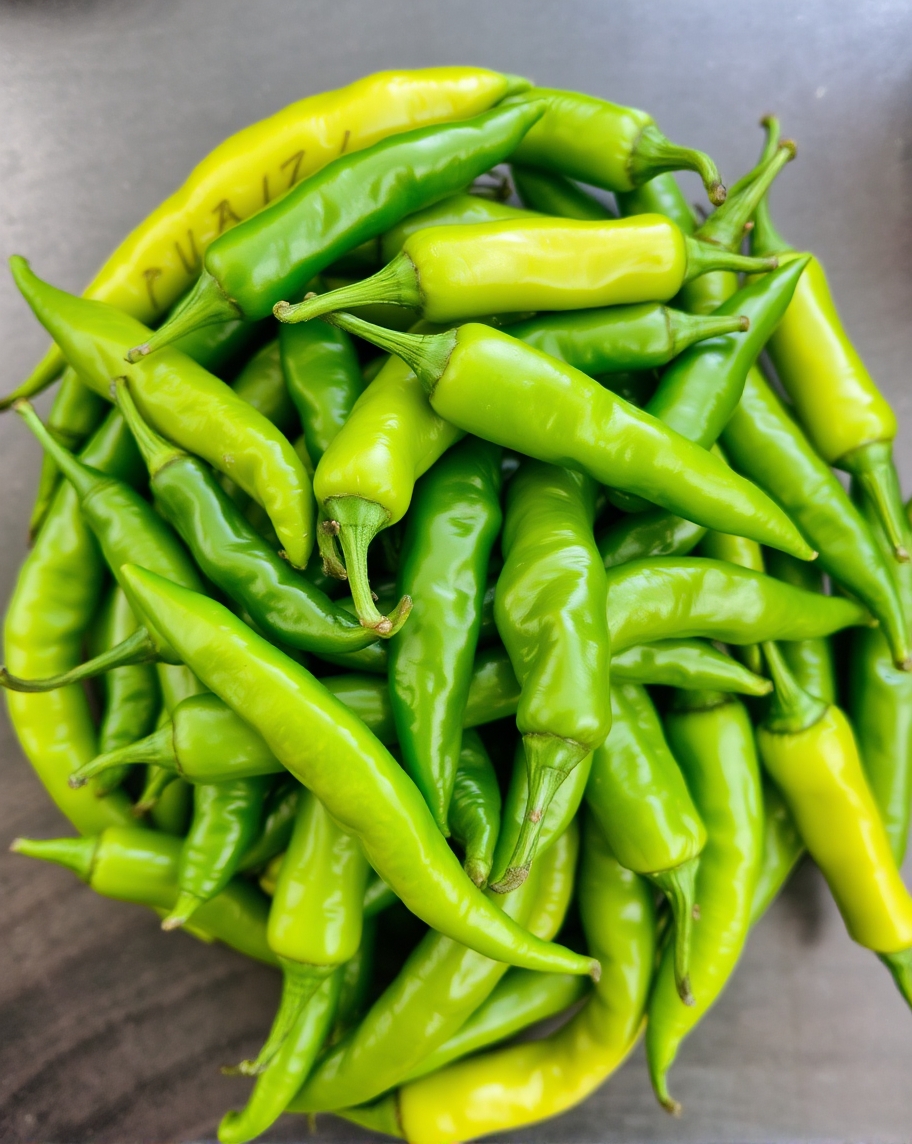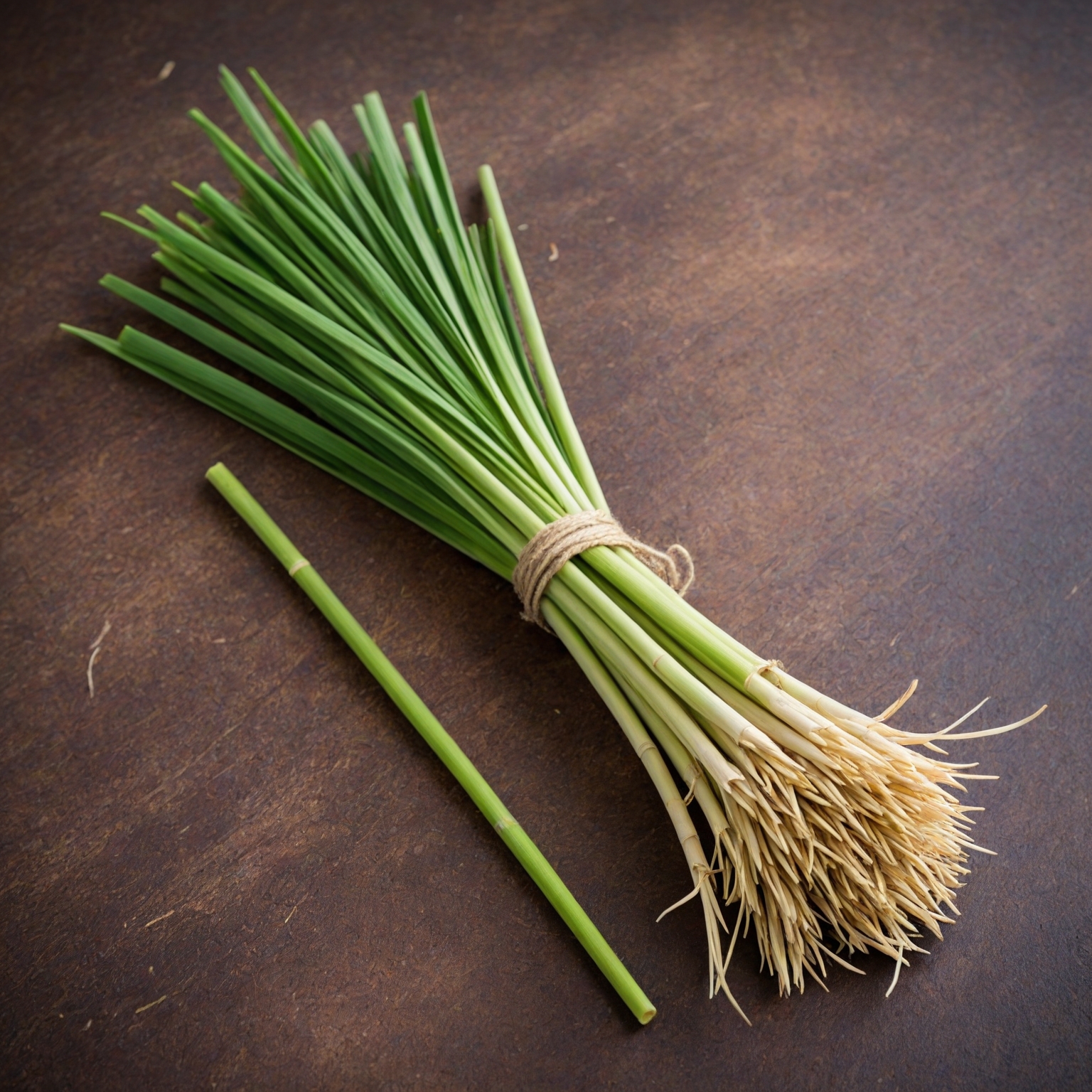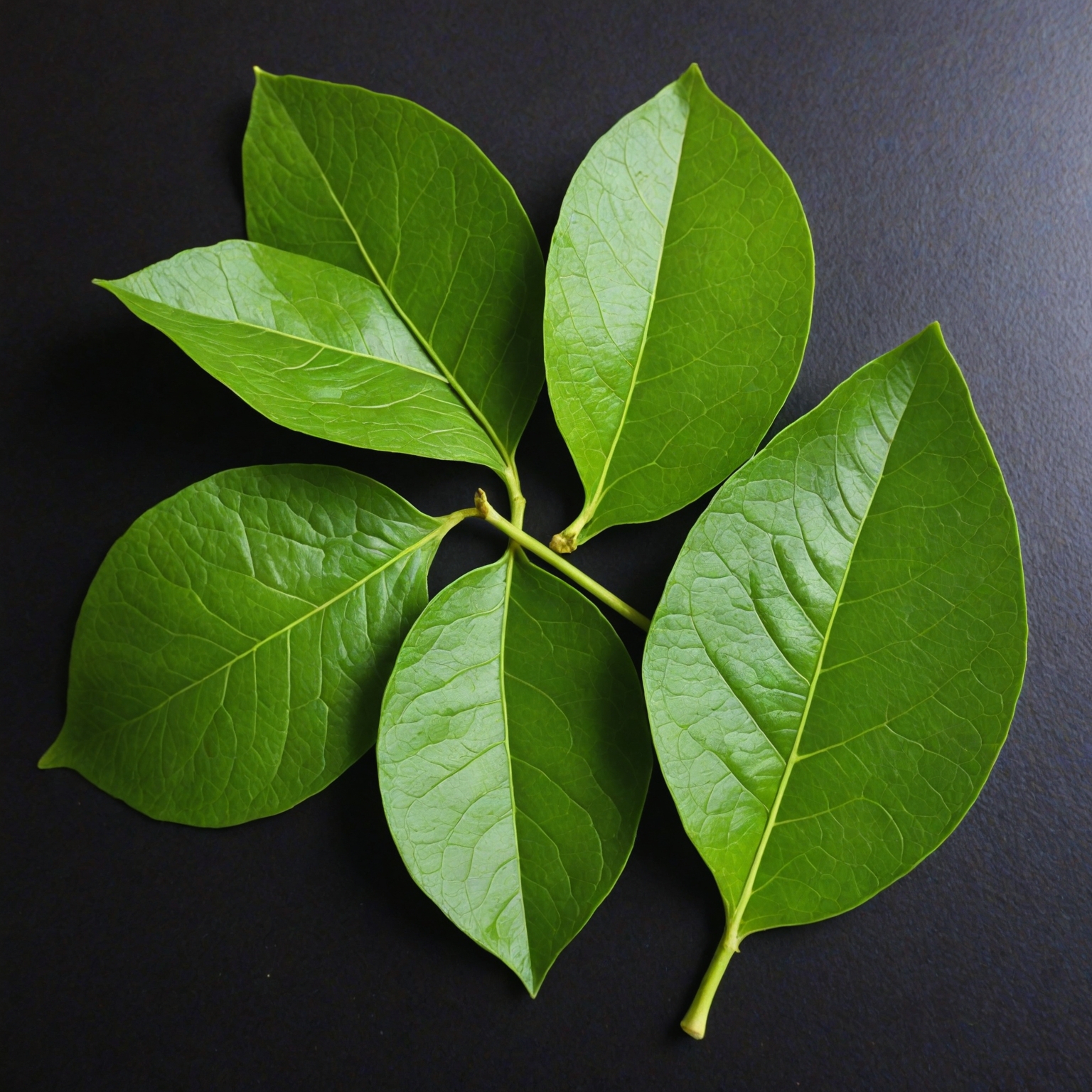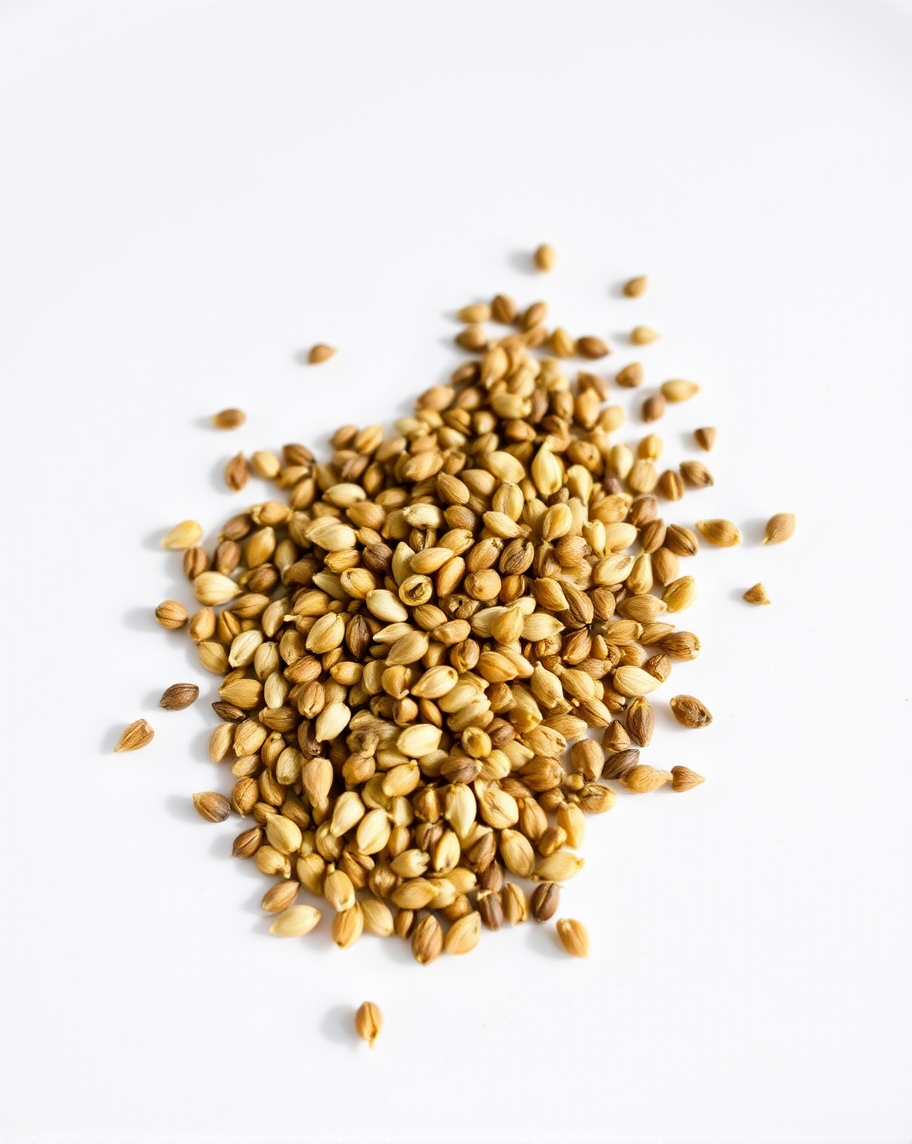How to Make Thai Green Curry Paste
The Ultimate Guide:
Thai green curry paste is a vibrant blend of fresh herbs and spices that brings an authentic taste of Thai cuisine to your kitchen.
This versatile paste is essential for creating a variety of Thai dishes, including the popular green curry chicken.
This guide covers each essential ingredient, from fiery spicy green chilies to aromatic lemongrass, ensuring you have everything needed to create this flavorful green curry base.
Explore ingredient substitutions and Thai cooking techniques to make the best tasting Thai green curry paste.
It includes preparation steps, storage tips, and a simple recipe card to help you master this culinary staple.
Discover a video tutorial on how to make Thai green curry paste for a complete culinary experience.
Get ready to elevate your cooking with homemade Thai green curry paste!
Embrace the culinary pride of creating your own unique flavor with this DIY recipe.
What Ingredients Do You Need?
Green Chilies
Green chilies are the cornerstone of Thai green curry paste, providing the necessary heat and flavor that define this beloved Thai dish.
The incorporation of fresh herbs like Thai sweet basil further enhances the spicy flavors.

These vibrant and versatile ingredients come in an array of varieties, each with distinct heat levels and flavor profiles that can elevate any dish.
From the mildly pungent birds eye chili to the hotter green serrano, the options are plentiful.
Understanding how to select fresh green chilies is crucial; look for firm, unblemished skins and vibrant colors that indicate ripeness.
Adjusting the spiciness to suit personal tastes can easily be done by removing the seeds or using fewer chilies, ensuring that everyone can enjoy the rich complexities of Thai cuisine.
Lemongrass

To prepare lemongrass for use in the paste, begin by trimming the tough, woody ends and peeling away the outer layers until you reach the tender, pale section.
part is what packs a punch, lending its bright flavor to the dish.
Once prepped, finely chop or pound the lemongrass to release its essential oils, maximizing its potential in your curry.
Along with its vibrant taste, lemongrass boasts various medicinal properties such as aiding digestion and providing anti-inflammatory benefits.
Its citrusy notes complement other staple ingredients in Thai cooking, including garlic and ginger, creating a harmonious blend of flavors that tantalizes the palate.
- Enhances flavor
- Boosts health benefits
- Balances spices
Galangal
Galangal is a rhizome closely related to ginger and plays a vital role in achieving the authentic taste of Thai green curry paste.
This aromatic ingredient offers a complex flavor profile, with its distinctive spicy and earthy notes that elevate the depth of various dishes.
Often mistaken for ginger, galangal has a sharper, more citrusy flavor, making it a favorite in traditional Thai recipes.
To select the best galangal, look for firm, smooth rhizomes that are free from blemishes.
When preparing, it’s typically sliced thin or grated to release its essential oils.
If galangal isn’t readily available, consider using a combination of ginger and lemongrass for a similar nuance.
Garlic
Incorporating garlic into the paste creates a remarkable base that elevates the entire dish.
Its unmistakable aroma, combined with the heat from green chilies, forms an amazing flavor harmony that captivates the senses.
When preparing this curry, balance is key. Here are a few tips:
This thoughtful layering of flavors will create a beautifully balanced dish that showcases garlic’s essential role while allowing the other ingredients to shine.
Shallots

When preparing green curry paste, integrating shallots is vital. Here are some tips on how to do this effectively:
- Dice the shallots finely to ensure they blend smoothly with other ingredients.
- Consider sautéing them lightly to unlock their natural sugars before adding them to the paste.
- Combine with fresh herbs like cilantro and basil for an extra layer of freshness.
By understanding their unique properties, anyone can create a delicious curry that truly represents the essence of Thai cooking.
Cilantro
Cilantro contributes a fresh, herbaceous note to the green curry paste, enhancing its aromatic qualities and balancing the heat.
In Thai cuisine, cilantro plays a pivotal role, acting not only as an ingredient but also as a symbol of freshness and balance in various dishes.
When incorporated into the green curry paste, it melds perfectly with other spices to create a harmonious flavor profile.
Notably, using cilantro both in the paste and as a garnish enhances the overall presentation and taste.
It’s important to select the right type of cilantro; young, tender leaves will have a milder taste compared to mature ones, allowing for versatility in dishes.
Embracing these best practices elevates culinary experiences, making Thai meals even more delightful and aromatic.
Kaffir Lime Leaves
These leaves not only enhance the complex flavor profile of the curry but also provide a refreshing, aromatic quality that balances the richness of the coconut milk.

To properly source kaffir lime leaves, look for vibrant, green leaves that are fresh and fragrant, as older, dried leaves tend to lose their essence.
Using these leaves is straightforward:
- Remove the central stem and slice the leaves thinly to release their oils.
- Add them during the cooking process to allow their flavors to meld with the other ingredients.
- For a more intense kick, you can bruise the leaves slightly before adding them.
By incorporating this aromatic herb, one can elevate a basic curry into a dish that sings with authenticity and depth
Coriander Seeds
Coriander seeds add warmth and a hint of earthiness to the green curry paste, complementing the other spices and ingredients.
Along with cumin seeds, they play a crucial role in the cooking process, contributing to a unique flavor.
To truly enhance their flavor, it's essential to toast coriander seeds gently in a dry skillet over medium heat.
This process releases essential oils, making the seeds fragrant and vibrant.

Once they are slightly browned and aromatic, transfer them to a spice grinder, and blend them into a fine powder.
The toasted, ground seeds envelop the curry paste with an aromatic depth, harmonizing beautifully with elements like garlic, ginger, and green chilies.
When combined with lemongrass and kaffir lime leaves, the resulting flavor profile becomes an unforgettable experience that elevates any dish.
Cumin Seeds
When preparing the curry paste, to truly unlock this unique taste, one should begin by gently toasting the cumin seeds in a dry skillet.
This process not only intensifies their aromatic qualities but also brings out the inherent oils, which serve as a base for the flavors to develop further.
By combining cumin with other complementary spices such as coriander and turmeric, one can create a harmonious blend that balances the heat and sweetness commonly found in Thai cuisine.
- Experiment with varying amounts to find the perfect flavor that resonates with individual preferences.
- Consider combining roasted cumin with fresh herbs like cilantro for an even more dynamic taste.
This exploration can lead to delightful discoveries in achieving an authentic yet personal curry experience, especially when exploring Thai cuisine and incorporating Thai ingredients.
White Pepper and Thai Ingredients
In the realm of Thai cuisine, this distinctive ingredient plays a pivotal role in enhancing the overall depth of various Thai dishes.
Incorporating ingredient notes and using a mortar and pestle can elevate homemade paste.
- Using white pepper in moderation ensures that the heat complements rather than overshadows the other flavors.
- For those unfamiliar, its gentle warmth makes it perfect for aromatic dishes without overwhelming the palate.
Compared to black pepper, which can add a more pronounced kick, white pepper offers a mellow spice that aligns beautifully with the freshness of Thai herbs like basil and cilantro, making it an essential component for achieving authenticity in these beloved recipes.
Shrimp Paste and Cooking Methods
Fermented shrimp paste is a key ingredient that imparts an umami flavor to the Thai green curry paste, making it rich and complex, and essential for authentic Thai cuisine.
Sourcing high-quality shrimp paste is essential for achieving that authentic taste and depth in your dishes. Here are some tips on how to find the best options:
Once you have your shrimp paste, start with small amounts to avoid overpowering the other ingredients in your curry.
Adding a teaspoon at first allows you to gauge the impact on flavor, ensuring a balanced and harmonious dish.
Salt and Thai Cooking Techniques
Salt is essential for balancing flavors and enhancing the taste of the Thai green curry paste, ensuring all ingredients shine, and elevating the overall dish to a culinary delight that excites the palate
When preparing a dish, especially one as vibrant as Thai green curry, understanding how to adjust seasoning can transform your culinary experience.
As one ventures into the world of flavors, it's important to remember that not all salt is created equal; different types can bring unique nuances.
For example, table salt is more concentrated than sea salt, so adjustments must be made accordingly.
Ultimately, it’s about finding that perfect harmony that aligns with individual preferences, using Thai cooking techniques and easy recipes to perfect your dish.
Step-by-Step Thai Cooking Instructions
Creating homemade green curry paste is a straightforward yet rewarding process that involves a series of simple cooking methods and culinary techniques that highlight the fresh ingredients from Thai cuisine, such as Thai basil, cilantro, and kaffir lime.
This DIY recipe ensures the best-tasting Thai green curry paste. The following steps will guide you through the preparation, ensuring a flavorful green curry paste that can elevate any dish.
From preparing the ingredients to adjusting the consistency, each step aims to enhance your culinary experience while embracing the rich flavors of traditional Thai cooking.
Prepare the Ingredients and Thai Green Curry Paste Ingredients
Preparing the ingredients is the first and most crucial step in making your homemade green curry paste, ensuring that everything is fresh and ready to blend.
Regarding utilizing fresh herbs and spices, the importance of high-quality ingredients cannot be overstated.
Begin by rinsing the herbs thoroughly under cool water to remove any dirt or impurities, then gently pat them dry with a clean kitchen towel.
Once dried, it's time to chop them; using a sharp knife will make this task effortless and precise.
As you chop, take care to gather all the herbs in one place, ensuring they remain organized for easy access during the blending process.
Consider separating your herbs and spices into small bowls or containers.
This not only keeps your workspace tidy, but it also allows for a more streamlined cooking experience.
When using fresh herbs like basil, cilantro, or mint, remember that their vibrant flavors can significantly enhance your dish's overall taste, making it essential to select the freshest options available.
Toast the Spices and Flavor Paste
Regarding enhancing the culinary experience, the proper technique for toasting spices like coriander, cumin, and green chilies can make all the difference in your flavor paste
For coriander seeds, aim to toast them for about 4 to 5 minutes, stirring frequently to prevent burning.
Cumin seeds benefit from slightly less time, roughly 2 to 3 minutes, as they can quickly turn bitter if overcooked
As they toast, listen for a gentle crackle and watch for a gradual darkening in color—these are signs of flavor development.
Once aromatic, allow them to cool before grinding to ensure maximum potency in the final green curry paste.
Blend the Ingredients Using a Mortar and Pestle
To achieve the perfect texture, one can utilize a mortar and pestle for a traditional approach, allowing for a controlled, hands-on experience that enhances the flavor by breaking the ingredients down gradually.

Alternatively, a food processor offers a convenient method, efficiently mixing everything into a velvety blend.
- Experiment with both techniques to find your preferred style.
- Don't hesitate to adjust the consistency, adding a touch of water or oil as needed to achieve your desired thickness.
Ultimately, allowing personal taste to guide the process will result in a uniquely flavorful paste that elevates any dish.
Adjust the Consistency with Coconut Cream
Adjusting the consistency of your green curry paste is crucial to achieving the right texture for cooking, making it easy to incorporate into your dishes, allowing every flavor to meld beautifully into a harmonious blend that elevates your meal to new heights.

To achieve the desired consistency, one can utilize coconut cream or coconut water, each offering unique characteristics.
Coconut cream is particularly favored in Thai chicken recipes, blending beautifully with the paste.
When incorporating the paste into your meals, remember that its consistency should complement the overall dish, ensuring an enjoyable texture in every bite.
Storage and Usage of Thai Green Curry Variations
Storage and usage of your homemade green curry paste are essential for maximizing its shelf life and ensuring that you can enjoy the vibrant flavors in various dishes.
Properly stored, this versatile paste can be used in numerous recipes, from delicious green curry chicken to fusion cuisine variations, making it an invaluable addition to your culinary toolbox.
Proper Storage and Usage Tips
Proper storage is key to maintaining the quality and flavor of your homemade green curry paste, allowing you to enjoy its rich taste over time.
To achieve this, consider utilizing various effective storage methods that cater to different needs. One of the best options is to use airtight containers, which prevent exposure to air and moisture, significantly extending freshness.
For immediate use, refrigerating the paste is ideal; simply place it in a clean jar and store it in the coldest part of your fridge.
This ensures that you can relish the exquisite flavors for up to a week.
- For those who prepare green curry paste in bulk and wish to use it later, freezing it is highly recommended.
- Portion the paste into ice cube trays or smaller containers, allowing for easy, one-time uses.
Once frozen, you can transfer the cubes to a labeled freezer bag for longer storage
How to Use Thai Green Curry Paste
Incorporating this versatile paste into your culinary repertoire can truly unlock a world of flavors.
Whether you're sautéing vegetables, marinating proteins, or creating a soup base, there's a myriad of ways to utilize this aromatic blend, even in DIY recipes or as part of a video tutorial on YouTube.
Here are some suggestions to get you started, including a recipe card for green curry variations:
- Cooking Methods: Add the paste directly to coconut cream for an even richer texture, or stir it into roasted vegetables for a burst of flavor.
- Suggested Pairings: It pairs beautifully with ingredients like bell peppers, Thai eggplants, and Thai sweet basil, creating a symphony of taste.
- Adjustments for Spiciness: If you're sensitive to heat, consider using less paste or blending with yogurt to mellow the flavors
Exploring these variations will help you enjoy the enchanting taste of authentic Thai cuisine without any hassle.
Recipe for the Best Tasting Thai Green Curry Paste
Here’s a simple and effective DIY recipe card for making the best tasting Thai green curry paste, ensuring that you have all the essential Thai ingredients measured and ready for a culinary adventure.
Ingredients
The ingredients for making Thai green curry paste include a mixture of fresh herbs, spices, and other aromatic elements that provide the unique flavor profile essential to this dish.
To create an authentic curry paste, one needs to ensure that every component showcases freshness and quality. Key ingredients comprise:
By utilizing fresh, high-quality ingredients such as these, one can truly appreciate the delightful nuances of Thai green curry paste that elevate any meal it accompanies.
Instructions
This delightful paste forms the heart of many traditional Thai dishes, and mastering it will elevate your Thai cooking skills significantly.
Begin by gathering essential ingredients, such as fresh green chilies, garlic, shallots, and lemongrass, all of which contribute to the robust flavor profile.
Place all these ingredients into a mortar and pound them together, gradually adding spices like coriander roots and a pinch of salt.
For those without a mortar, a food processor can be used for convenience.
Continue until you achieve a smooth paste, which can be used immediately or stored for later use.
Check Asian markets for any hard-to-find ingredients.
Embrace this process and enjoy the vibrant flavors of Thailand in your own kitchen!
Frequently Asked Questions
What ingredients do I need to make Thai Green Curry Paste?
To make Thai Green Curry Paste, you will need fresh green chilies, lemongrass, galangal, garlic, shallots, coriander roots, kaffir lime leaves, cumin seeds, coriander seeds, shrimp paste, and salt.
Can I use dried herbs or spices instead of fresh ones?
We highly recommend using fresh herbs and spices for the best flavor in your Thai Green Curry Paste. However, if you cannot find fresh ingredients, you can use dried ones. Just keep in mind that the taste may be slightly different.
Do I need any special equipment to make Thai Green Curry Paste?
No, you do not need any special equipment to make Thai Green Curry Paste.
A blender or food processor will work just fine. However, if you want a more traditional and authentic paste, you can use a mortar and pestle to grind the ingredients.
Consider watching a video tutorial on YouTube for detailed steps.
No, you do not need any special equipment to make Thai Green Curry Paste.
A blender or food processor will work just fine.
However, if you want a more traditional and authentic paste, you can use a mortar and pestle to grind the ingredients.
How long does Thai Green Curry Paste last?
If stored properly in an airtight container, Thai Green Curry Paste can last for up to 2 weeks in the refrigerator.
You can also freeze it for later use, and it can last for several months.
Can I adjust the spiciness of the curry paste?
Yes, you can adjust the spiciness of the curry paste by adding more or less green chilies.
You can also remove the seeds and white membrane of the chilies if you prefer a milder paste.
How do I use Thai Green Curry Paste in recipes?
You can use Thai Green Curry Paste as a base for making Thai Green Curry or add it to other dishes such as stir-fries or marinades for added flavor.
You can also mix it with coconut milk to create a delicious dipping sauce for vegetables or meats.
